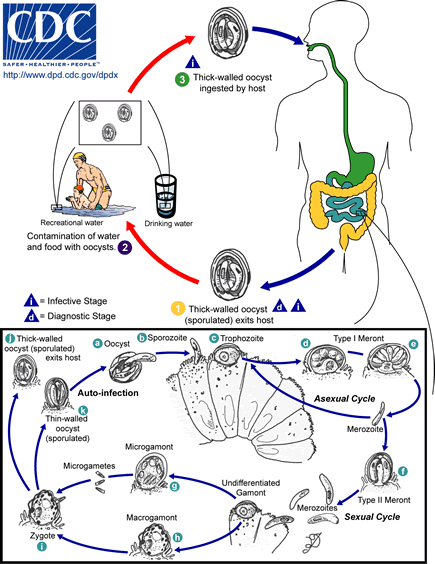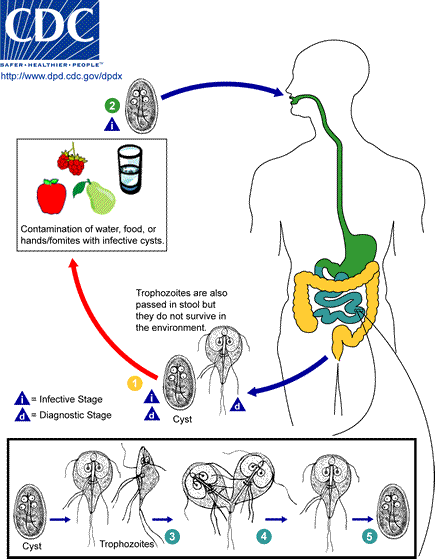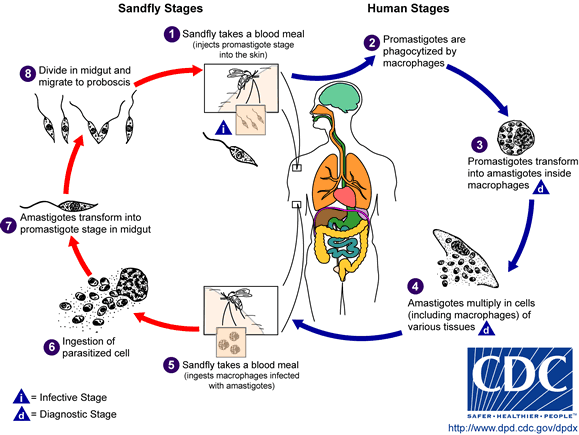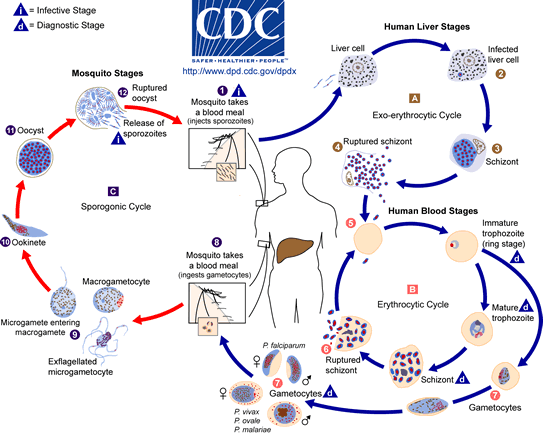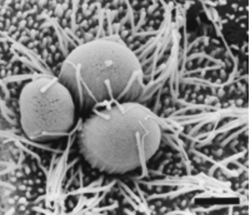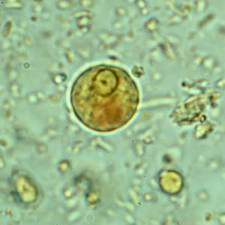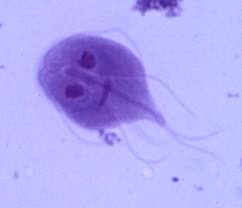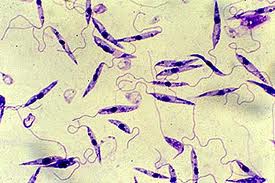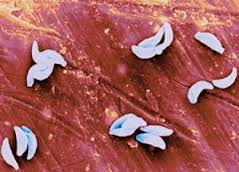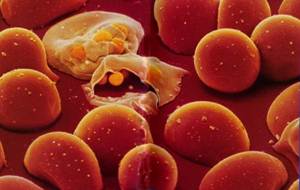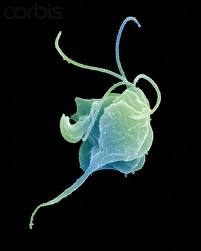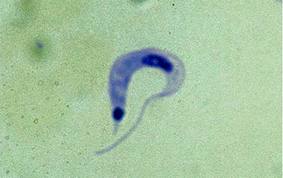Protozoa
Protozoa are single-celled eukaryotes that ingest food (algae and bacteria) by phagocytosis and generally move via pseudopods (flowing extensions of the plasma membrane) or whip-like flagella. Most are too small to be seen with the naked eye, but can easily be found under a microscope. Protozoa reproduce by fission
and generally move via pseudopods (flowing extensions of the plasma membrane) or whip-like flagella. Most are too small to be seen with the naked eye, but can easily be found under a microscope. Protozoa reproduce by fission . The short video below provides more information and an illustration of protozoa.
. The short video below provides more information and an illustration of protozoa.
Animal-like Protista
There are a number of protozoa that inhabit the gastrointestinal tract of humans. Most of these are harmless or cause only mild problems, but others cause serious disease. Many of the protozoa that infect humans are transmitted via the fecal-oral route, but others are transmitted via insect vectors (e.g., malaria and leishmaniasis), and trichomonas vaginalis is a sexually transmitted disease.
Some have fairly complex life cycles that may include a cyst stage that enable the organism to remain dormant in the environment for a period of time until a new host is acquired (e.g., malaria). Four life cycles are shown below.
|
Cryptosporidium Life Cycle |
Giardia Life Cycle |
|
Leishmaniasis Life Cycle |
Malaria Life Cycle |
Rogues Gallery of Protozoa that Infect Humans
The table below provides illustrations and links to additional information for a variety of animal-like protozoa.
|
|
Plant-like Protista
There are also plant-like protista (algae) that are responsible for producing so-called "red tides." These are caused by organisms called dinoflagellates that can produce neurotoxins. Fish or mollusks that eat these dinoflagellates concentrate the toxins, and, if humans eat affected fish or mollusks, severe illness or death can result. Actually, the term "algae" is used somewhat loosely to describe a rather broad group of organisms, which includes some species that are regarded as plants by some biologists and other species that are regarded as protista. For a more complete discussion of this confusing area, see "What are algae?".
Toxic blooms can also be caused by certain bacteria, such as the Microcystis that from Lake Erie that poisoned Toledo, Ohio's water supply in August 2014. The frame below provides access to a National Geographic article on the problem in Toledo.



